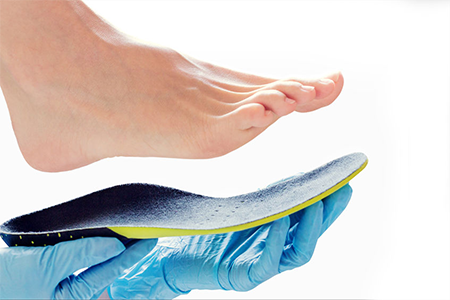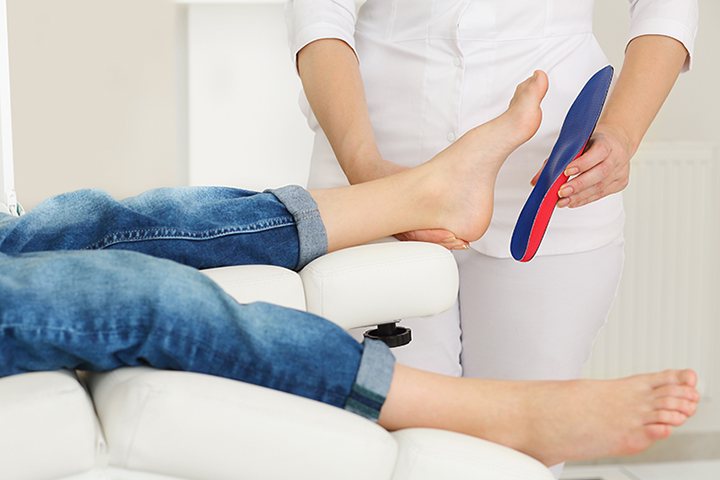Shoe inserts for fallen arches are an effective and popular solution for individuals who suffer from this condition. Flat feet, or fallen arches, occur when the arch of the foot collapses and the sole of the foot comes into contact with the ground. This can result in pain, discomfort, and instability, and can even lead to more serious problems such as knee and back pain.

Shoe inserts are designed to provide extra support to the arch of the foot, alleviating the symptoms of flat feet. There are a number of different types of shoe inserts available, including foam, gel, and custom-made options. This article will explore the different types of shoe inserts for fallen arches and the benefits they offer.
Why Are Shoe Inserts for Fallen Arches Important?
Fallen arches can cause a range of problems, including pain, discomfort, and instability. Over time, these symptoms can worsen, leading to more significant problems such as knee and back pain. This is because flat feet can cause an imbalance in the body, leading to an improper distribution of weight and pressure on the feet, legs, and lower back.

Shoe inserts can help to redistribute the weight of the body over the foot and provide additional support to the arch, reducing pain, improving stability, and preventing further damage to the feet. They can also alleviate the symptoms of conditions such as plantar fasciitis, heel spurs, and overpronation.
Types of Shoe Inserts for Fallen Arches
There are several different types of shoe inserts for fallen arches, each with its own unique benefits and limitations. The best option will depend on the individual’s needs and preferences.
Foam shoe inserts are a popular and affordable option. They are lightweight and flexible and are typically made from a dense foam material that molds to the shape of the foot over time, providing a comfortable and supportive fit. Foam shoe inserts are a great choice for individuals who are looking for a low-cost option or who have mild symptoms of fallen arches.
Gel shoe inserts are more expensive than foam inserts but offer more comfort and support. They are typically made from a soft, gel-like material that is both supportive and comfortable. Gel shoe inserts are a great choice for individuals who have more severe symptoms of fallen arches or who are looking for a more cushioned and comfortable option.
Custom-made shoe inserts are the most personalized option, as they are tailored to the specific needs of the individual. This type of shoe insert is made by taking a mold of the foot and using that mold to create a custom-fit insole. Custom-made shoe inserts are often recommended for individuals with fallen arches who experience severe pain or discomfort, as they provide a high level of support and stability.
Benefits of Shoe Inserts for Fallen Arches
Shoe inserts for fallen arches offer a number of benefits, including reducing pain and discomfort, improving stability, and reducing the risk of injury. By redistributing the weight of the body over the foot and providing additional support to the arch, shoe inserts can help to alleviate pain and discomfort in the feet, legs, and lower back.
In addition to reducing pain and discomfort, shoe inserts can also improve stability and reduce the risk of injury. By improving the alignment of the feet and legs, shoe inserts can help to reduce the risk of injury and improve stability. They can also help to reduce overpronation, a common cause of pain and injury in individuals with fallen arches.
Finally, shoe inserts can help to improve posture and reduce fatigue. By realigning the body, shoe inserts can help to improve posture and reduce fatigue.
It is also important to regularly replace your Shoe inserts for fallen arches, as they will become worn out over time and may lose their effectiveness in providing support and cushioning. The frequency with which you need to replace your insoles will depend on a variety of factors, including your level of activity, the type of shoes you wear, and the type of material used in the insoles. It is generally recommended to replace your insoles every 6-12 months, or as soon as you notice a decrease in their effectiveness.